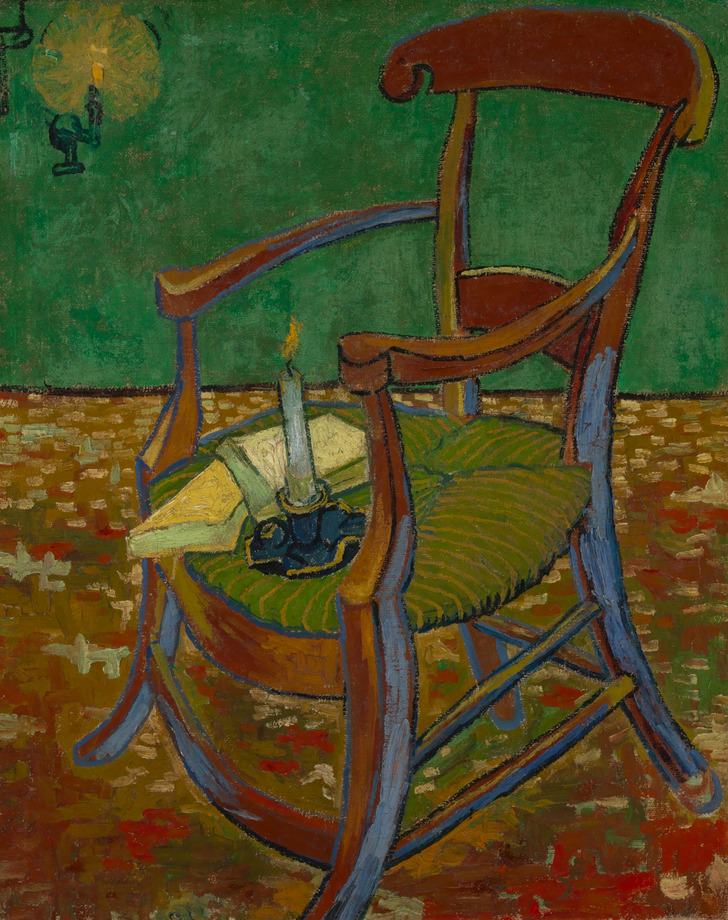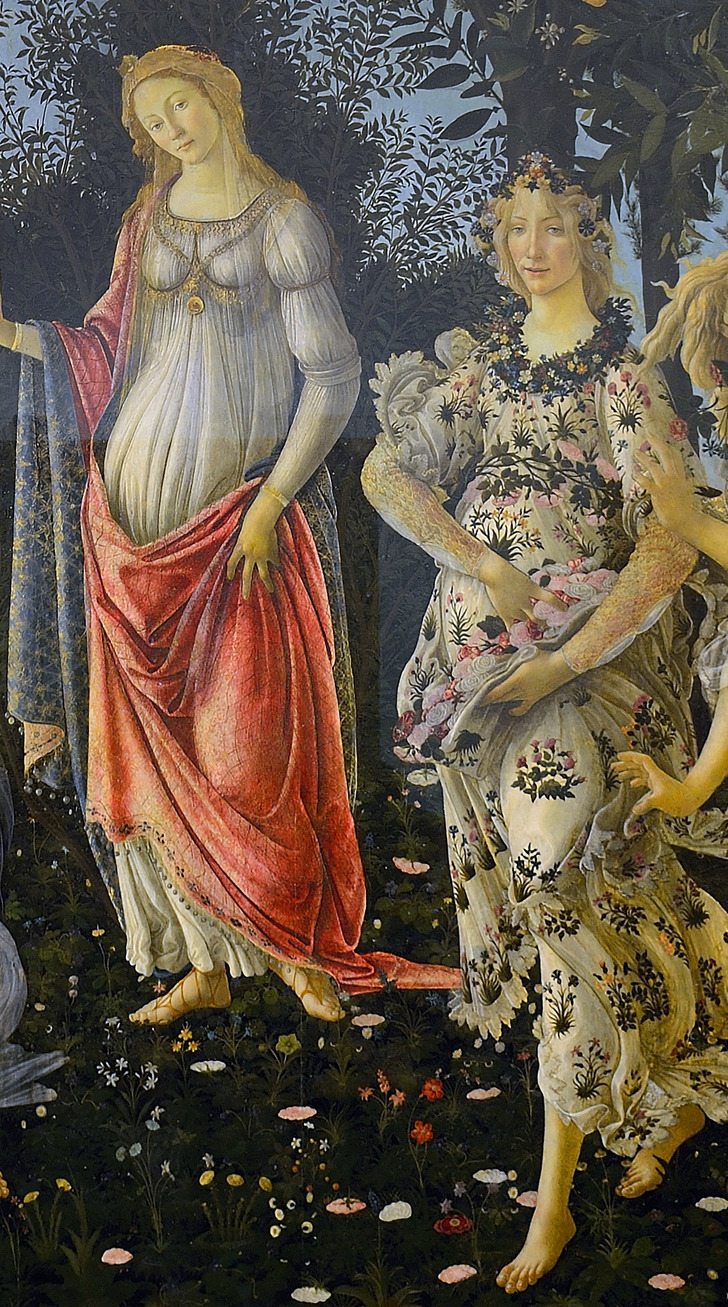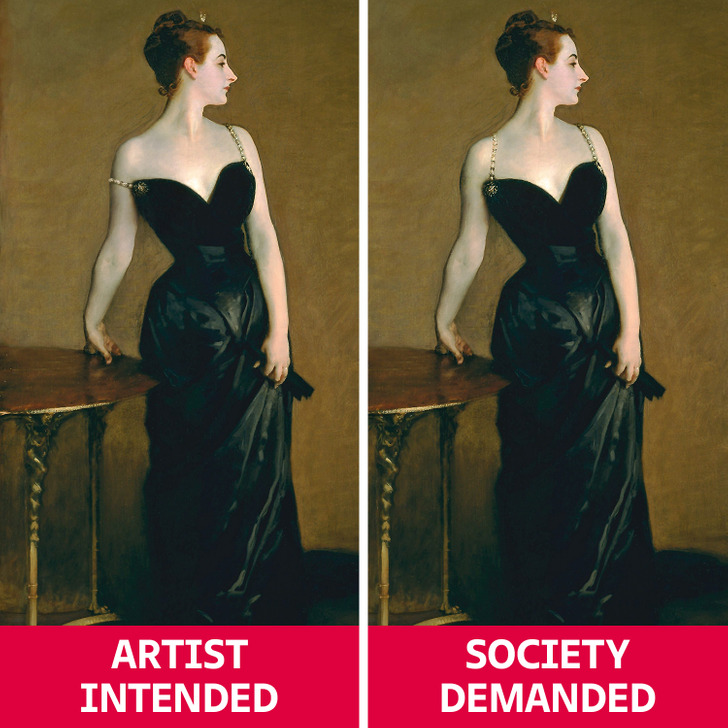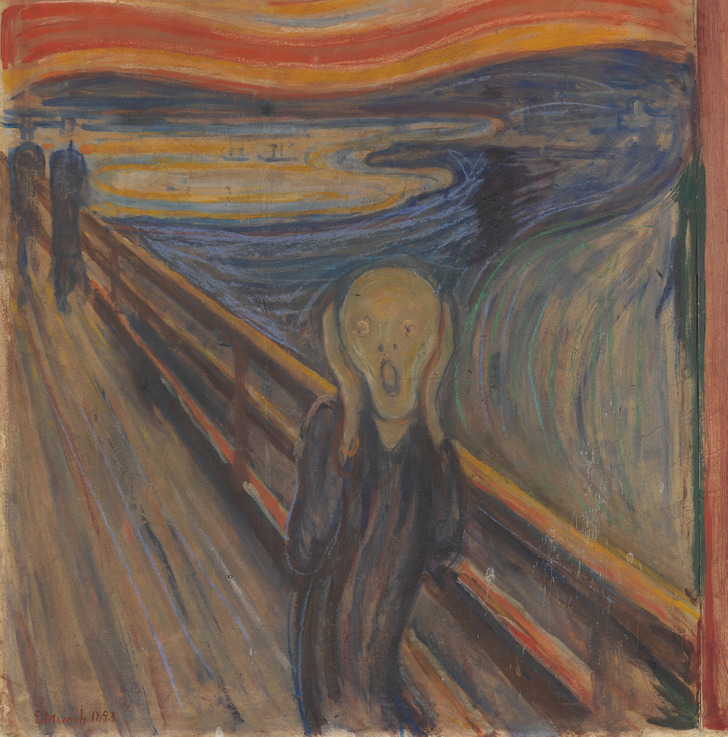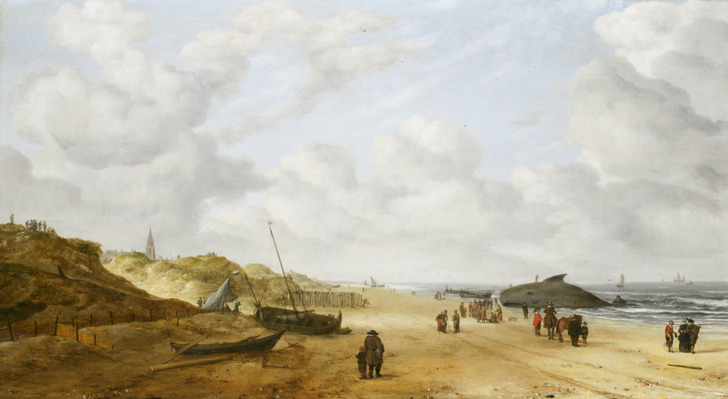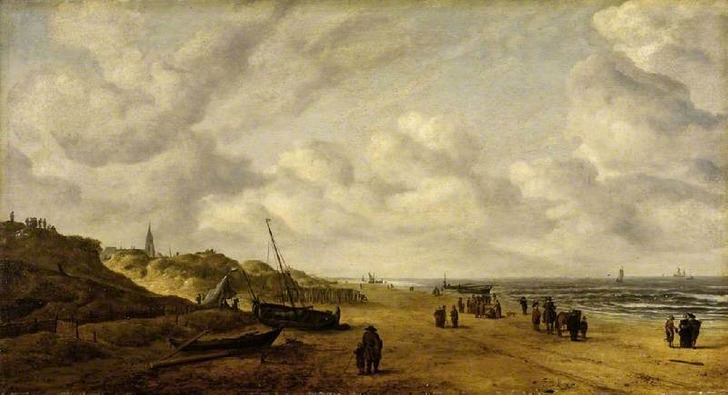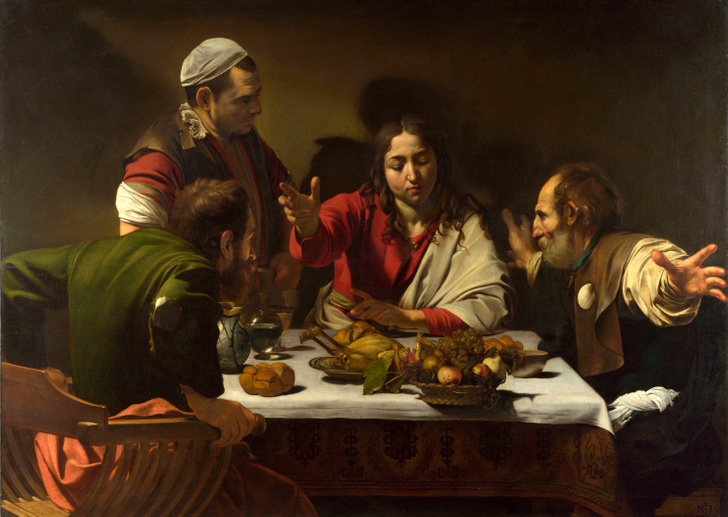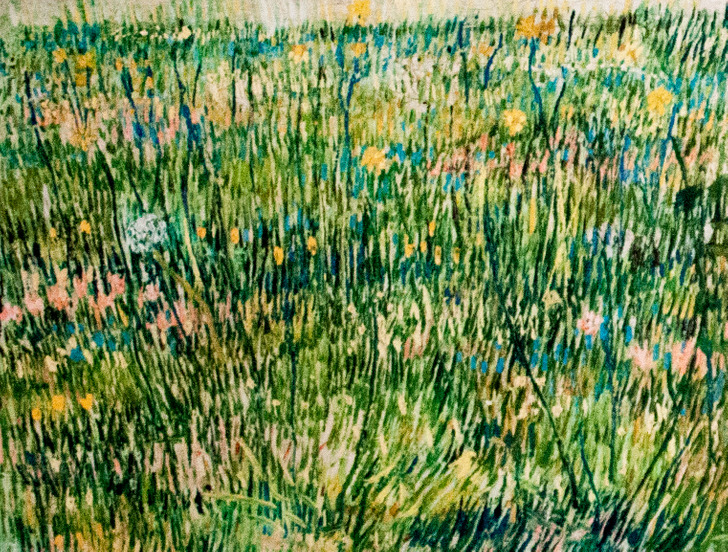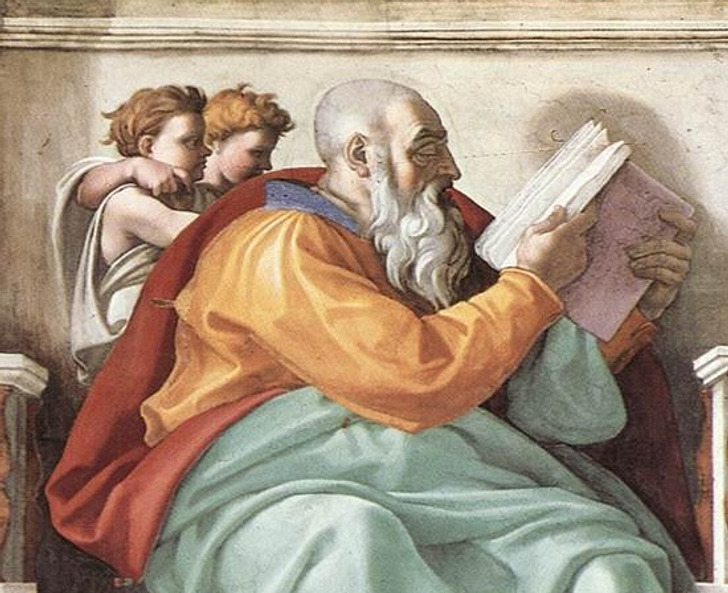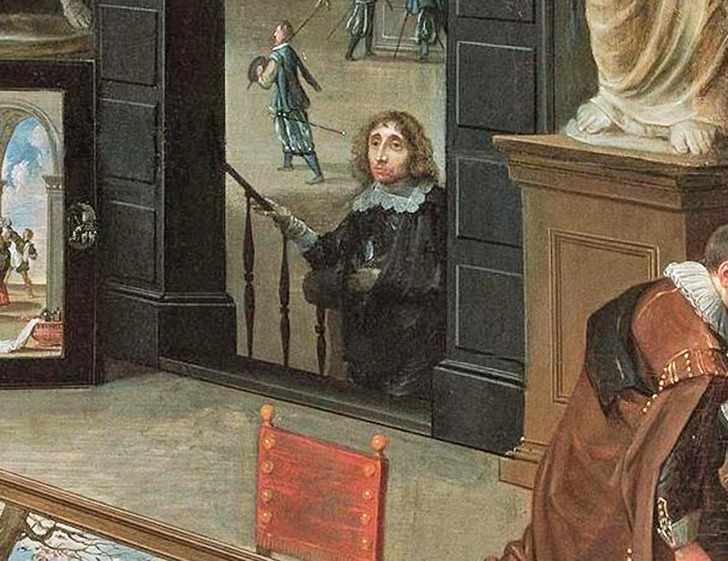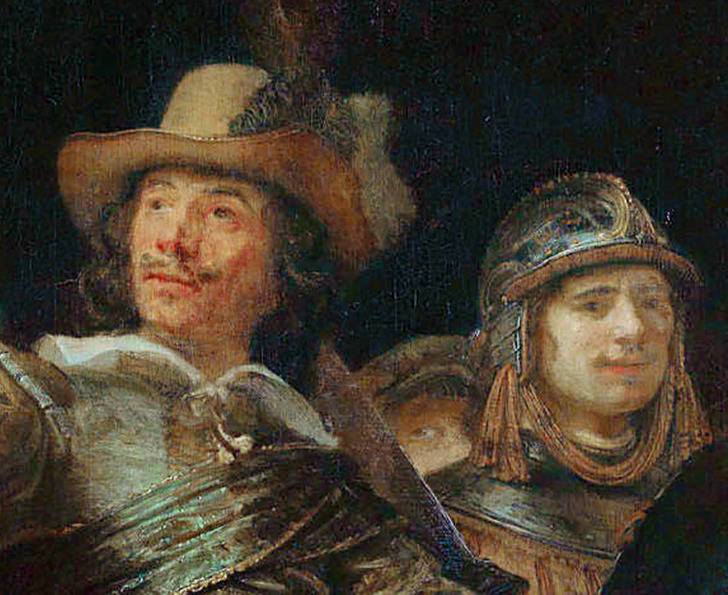12 Masterpieces Everyone Knows, but few Have Noticed the Hidden Details
They say that it’s the prerogative of contemporary art to confuse the viewer. But classical paintings might be full of even more secrets. Such great masters as Rembrandt, Michelangelo and Da Vinci left signs and codes in their paintings, which the best minds of mankind have been pondering on for centuries.
Here at CHEERY, we’ve taken a peek behind the mystery and found out what art historians have to say about these enigmatic paintings. Since this, we can’t help but look at these masterpieces in a completely different light.
Van Gogh’s Chair, by Vincent van Gogh
One of his most famous works, “Van Gogh’s Chair”, was originally mean to be part of a diptych. The second painting in the series was “Gauguin’s Chair”. The canvases were not exhibited together until 1928. The fact is that Van Gogh’s brother’s widow, who inherited both paintings, harboured a particular dislike towards Gauguin. And so, “Gauguin’s Chair” would gather dust in the family vault until her death. But by this time “Van Gogh’s Chair”, regularly exhibited in the world’s finest galleries, had already gained fame as a solo painting.
Primavera by Sandro Botticelli
One of the hallmarks of the Italian Renaissance, Botticelli’s “Primavera” (which means “Spring”) conceals hidden meanings. To achieve this, the artist used the world of flora as a secret language. You can spot 46 individual varieties of plants on the canvas — and these are just the ones that have been identified by botanists! Since the painting was originally a wedding gift, many of the floral allusions refer back to the theme of marriage. Strawberries, for example, allude to sensual pleasures, while hyacinths refer to the impending wedding celebration.
Mona Lisa by Leonardo da Vinci
You might have heard that the “Mona Lisa” is the most famous painting in the world, as well as being the most visited piece of art in the Louvre. According to one version, the portrait contains an autograph delicately concealed by the artist himself. If you examine the right eye of the enigmatic lady under a microscope, you can discern the initials of Leonardo da Vinci. Unfortunately, this information hasn’t yet been confirmed by the scientific community, so the question remains unanswered.
Madame X, John Singer Sargent
John Singer Sargent could have hardly imagined that the portrait, he painted, of the Parisian socialite Virginie Amélie Avegno Gautreau would cause such a stir. In the original version of the painting, the lady’s dress strap was slipping off her shoulder. This outraged the members of high society, which forced the painter to change this detail, and hide the original painting from the public eye for 30 years.
The Scream by Edvard Munch
This Norwegian artist’s painting can hardly leave anyone indifferent. To this day, the masterpiece still raises countless questions in the public eye. Fortunately, one of the mysteries of “The Scream” has, in fact, been solved. Until recently, scientists were arguing over who could have written the sentence “can only have been painted by a madman” on the painting. Analysis of the painter’s handwriting revealed that this ambiguous inscription was the work of Munch himself.
The painting was put on public display, for the first time, in 1895. A young medical student, who visited the exhibition at the time, expressed the suspicion that the author of this painting could not be mentally healthy. Scholars believe that it was after this incident that Munch added this statement to the painting.
View of Scheveningen Sands, Hendrick van Anthonissen
Until 2014, the painting “View of Scheveningen Sands” by the Dutch painter Hendrick van Anthonissen looked a little different. According to employees at the Fitzwilliam Museum in Cambridge, the people in the painting, staring at nothing, always raised questions from visitors and experts alike. All became clear during a restoration. A whale was discovered on the canvas after experts removed a layer of paint.
Supper at Emmaus by Caravaggio
Only the most attentive viewer will notice the “Easter egg” hidden by Caravaggio on this canvas. Take a closer look at the fruit basket, at the very edge of the table. The shadow it casts looks a lot like a fish.
It’s likely that the painter deliberately used this Christian symbol. Remember, that Jesus once fed a crowd of people with just a few fish. Other food items also support this theory. The apples, for example, refer to the story of the fall of man, and the pomegranates symbolise the Church.
Patch of Grass by Vincent van Gogh
Succulent grass is not the only thing depicted in Van Gogh’s “Patch of Grass”. In 2008, Dutch scientists analysed the canvas under an X-ray and discovered a portrait of a woman hidden beneath the grass. The painter often painted over his older works. Experts estimate that around a third of the artist’s early paintings contain such hidden images.
The Sistine Chapel ceiling by Michelangelo
Who would have thought you could find anything indecent on the ceiling of the Sistine Chapel at the Vatican (naked people don’t count). But look at the angel behind Zechariah’s back. The baby is holding his hand in a very special way. This gesture was considered offensive in those days.
The fresco, located directly above the pope’s throne, contains a direct insult to the authorities of that time. The fact is that Michelangelo disagreed with the politics of the church, so in this artistic way he was able to express his protest.
The Gallery of Cornelis van der Geest, Willem van Haecht
It’s hard to imagine how much work, talent and diligence van Haecht had to put in to painting the “The Gallery of Cornelis van der Geest”. The Flemish painter was a master at recreating painting and sculptures from different eras on his canvas. The artist didn’t forget to include “Easter eggs”, either. A closer look at the painting reveals a self-portrait of Willem van Hacht, observing the scene from his position on the stairs to the right.
The Old Guitarist by Pablo Picasso
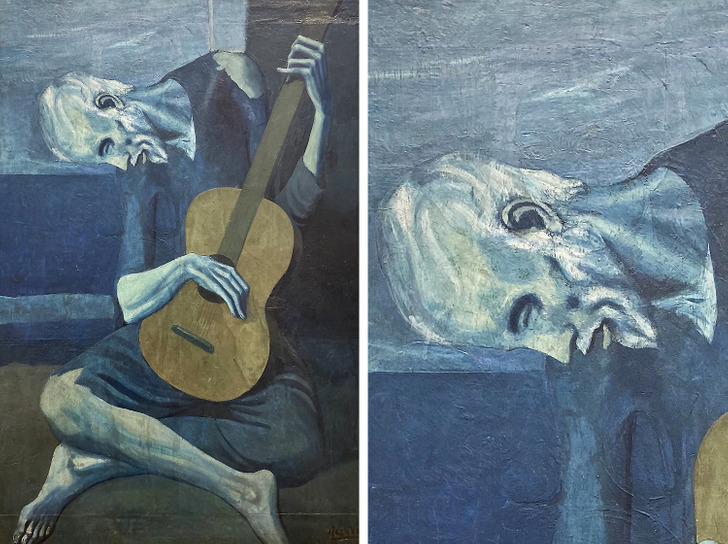
Think about this — even the great artists tried to save money on canvas. Picasso, for example, could have painted over his old paintings if he found it necessary. In fact, we have proof that he did. If you take a look at “The Old Guitarist” under infrared light and an X-ray, it’s easy to see a portrait of a woman and a picture of a cow hidden under layers of paint. The artist probably used the same canvas three times.
The Night Watch by Rembrandt
Another self-portrait of the artist can be found in Rembrandt’s “The Night Watch”. The artist painted himself into the piece in such a way that you wouldn’t notice it without a hint. Just look at the knight and the man in the light-coloured hat with a feather. Hiding right between them is Rembrandt. He is peeking out from under his beret with a curious look in his eye, trying not to give himself away.
Which of these paintings have you been lucky enough to see in person? And which gallery or museum visited, has been the most memorable?
